Lesser-known revolutions that shaped history
History is teeming with revolutions that have shaped the world as we know it, yet many remain underappreciated. While the American and French revolutions dominate textbooks, other movements have made significant impacts, often sparking change in unexpected ways.
These revolutions, though lesser-known, have played crucial roles in altering political landscapes, redefining cultural identities, and inspiring future generations. Let’s dive into these remarkable stories and uncover the transformative power they wielded.
The Taiping Rebellion: A Visionary’s Quest for a Heavenly Kingdom
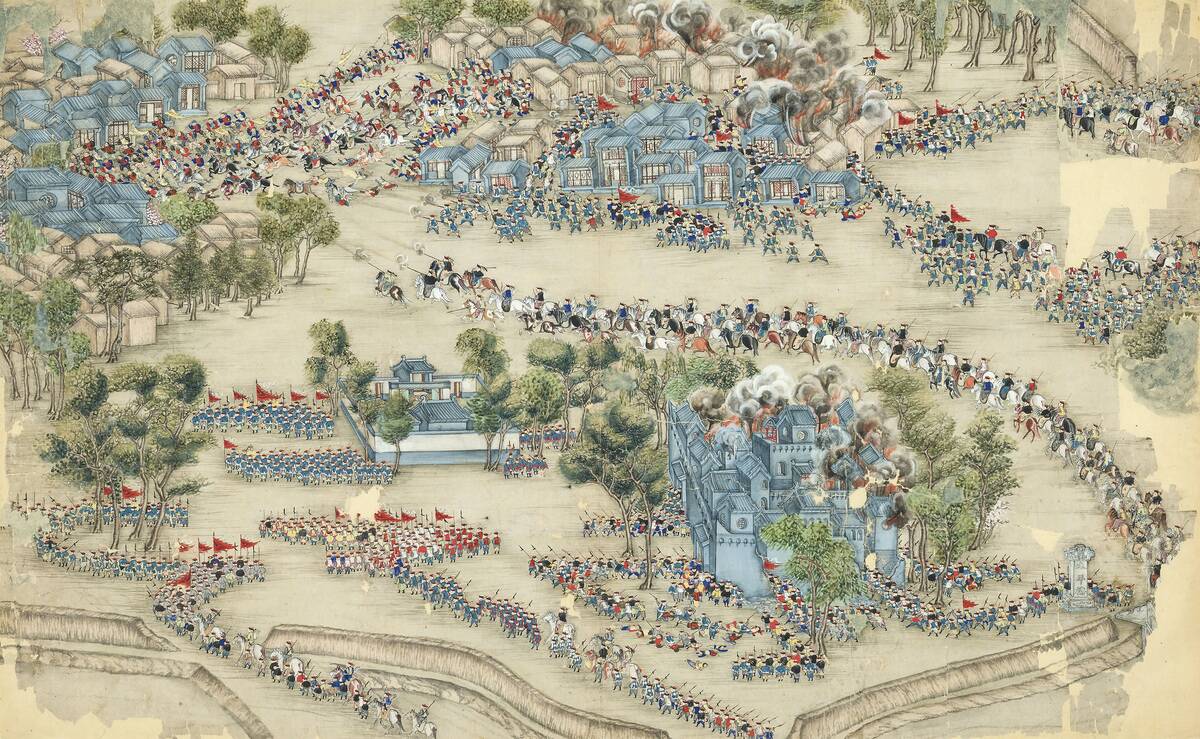
In the mid-19th century, China was rocked by the Taiping Rebellion, a massive civil war led by Hong Xiuquan, who believed he was the younger brother of Jesus Christ. His vision was to establish a ‘Heavenly Kingdom of Great Peace,’ which gained immense support among the impoverished populace.
The rebellion lasted from 1850 to 1864 and is estimated to have caused the deaths of 20 to 30 million people, showcasing the devastating impact of ideological fervor.
The Haitian Revolution: The First Successful Slave Rebellion
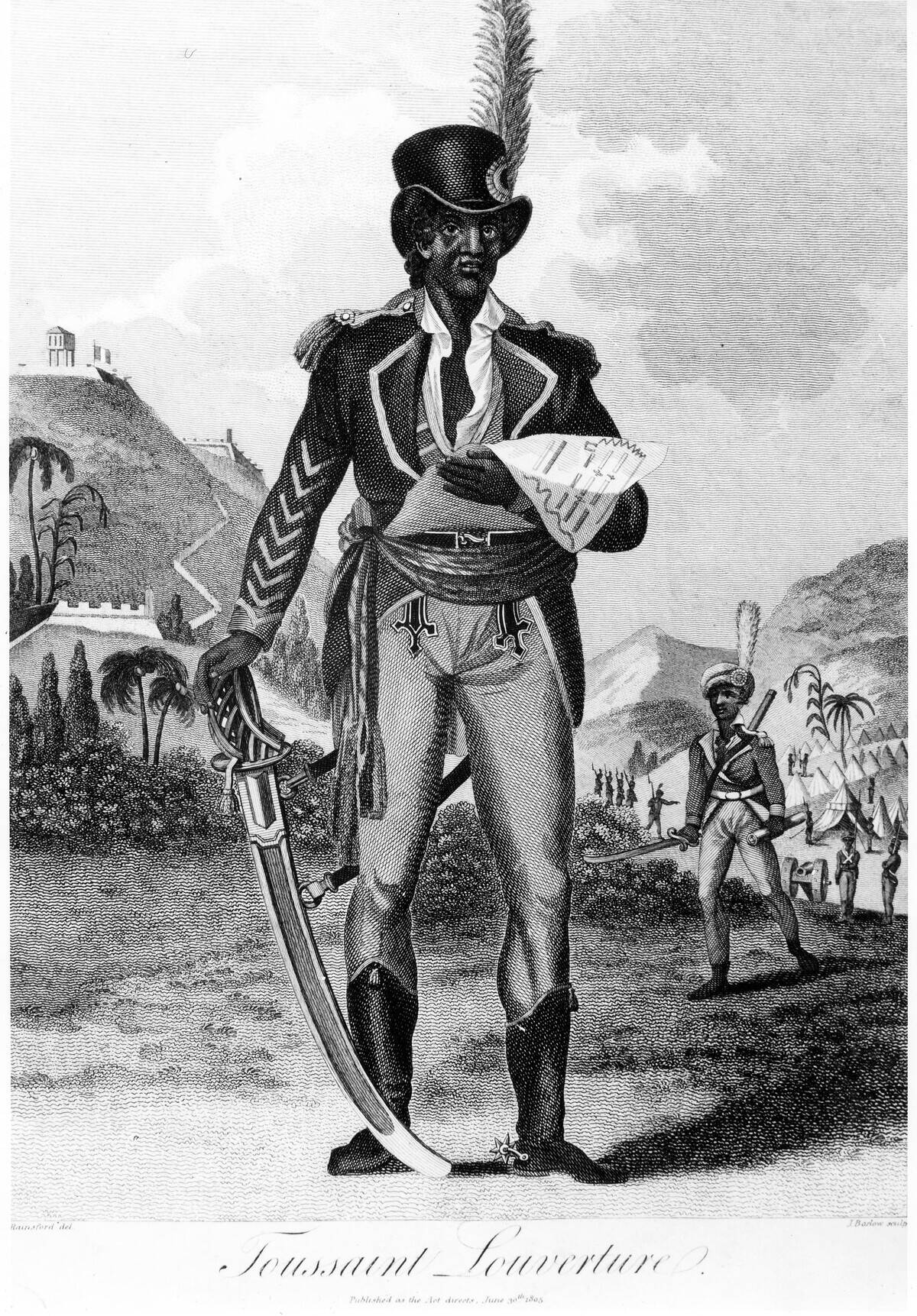
The Haitian Revolution, spanning from 1791 to 1804, stands as the only successful slave uprising in history, resulting in Haiti becoming the first independent nation in Latin America and the Caribbean. Led by former slave Toussaint Louverture, the revolution dismantled French colonial rule and established a new society.
This monumental event not only challenged the institution of slavery but also inspired other movements and instilled fear in slave-owning societies across the globe.
The Zapatista Uprising: Indigenous Voices Rise in Chiapas
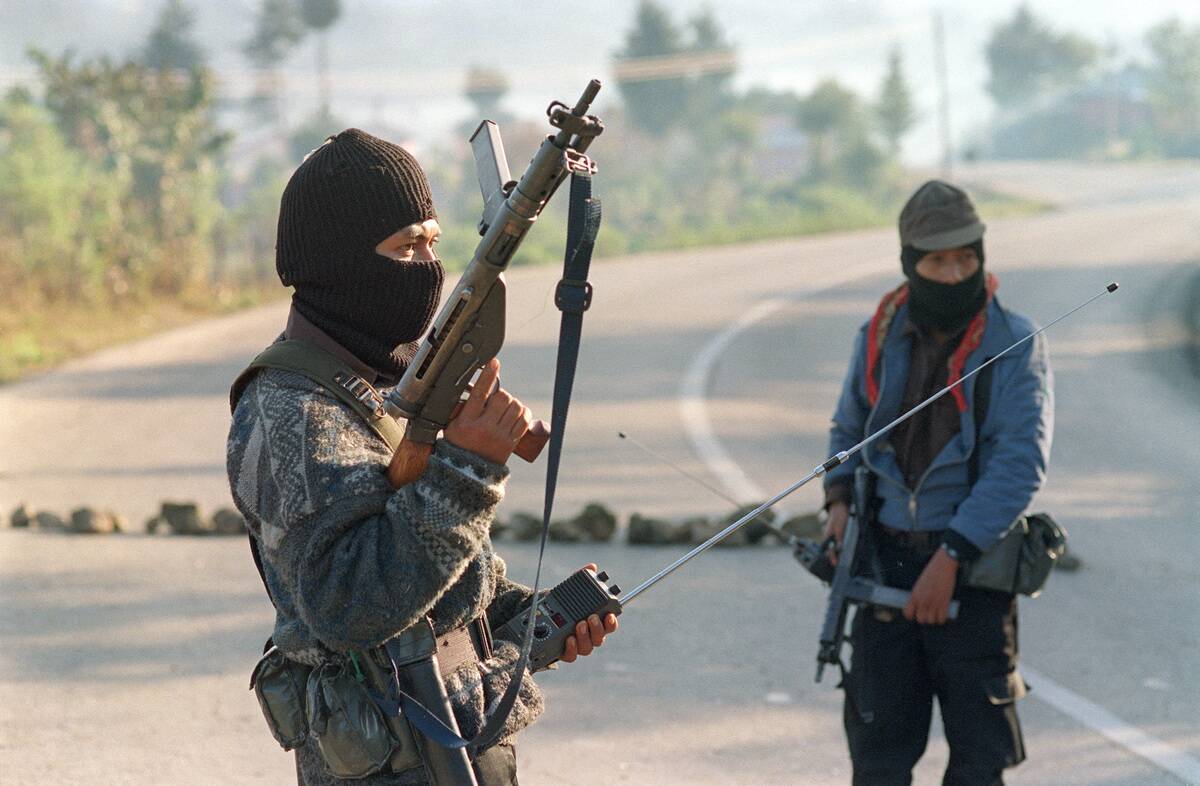
On January 1, 1994, the Zapatista Army of National Liberation (EZLN) emerged in Chiapas, Mexico, demanding rights and recognition for indigenous peoples. This uprising coincided with the implementation of NAFTA, highlighting concerns over economic and social injustices.
The Zapatistas, led by the enigmatic Subcomandante Marcos, used the power of media to gain global attention and support, fostering a dialogue about indigenous rights and neoliberal policies.
The Young Turk Revolution: Redefining the Ottoman Empire
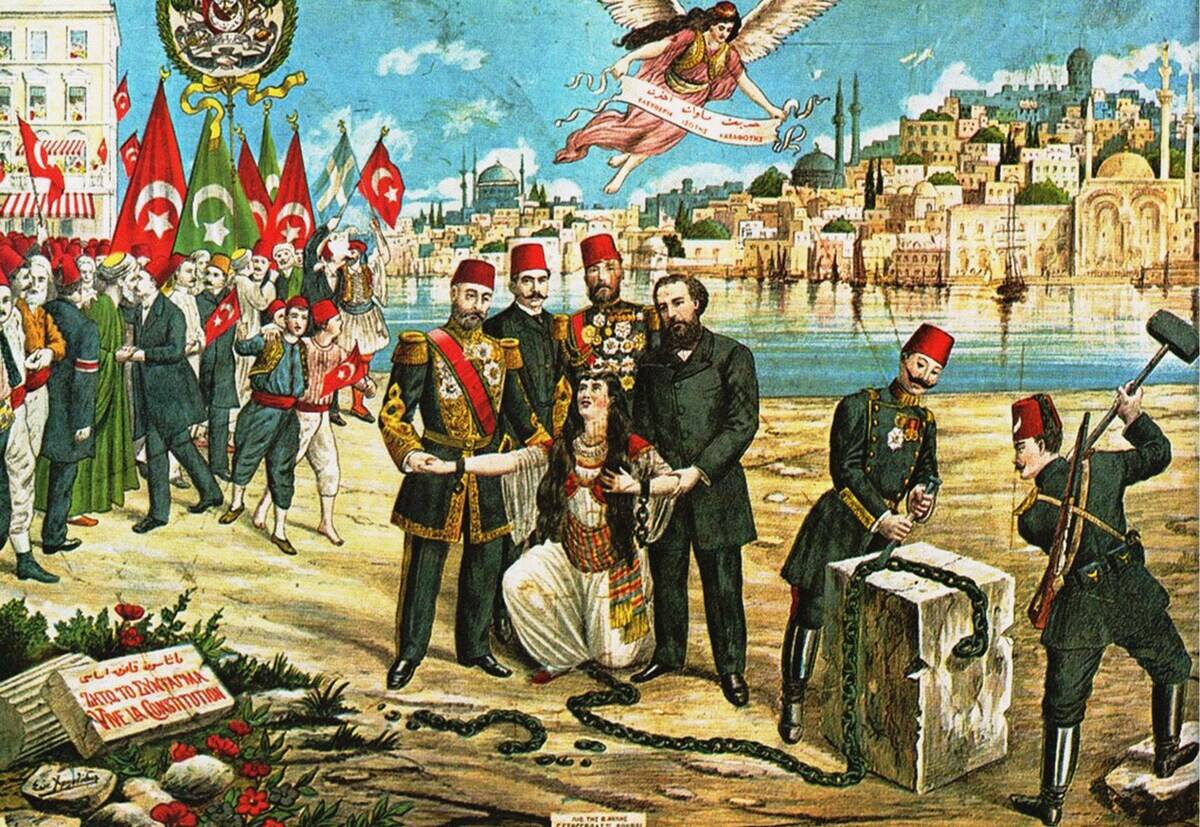
The Young Turk Revolution of 1908 was a pivotal moment in the late Ottoman Empire, spearheaded by reformists who sought to restore the constitution and parliamentary governance.
These reformists, known as the Committee of Union and Progress, aimed to modernize the empire and curtail the absolute power of the Sultan. Their efforts led to significant political and social changes, setting the stage for the eventual transformation into the Republic of Turkey.
The Boxer Rebellion: A Cultural Clash in Imperial China
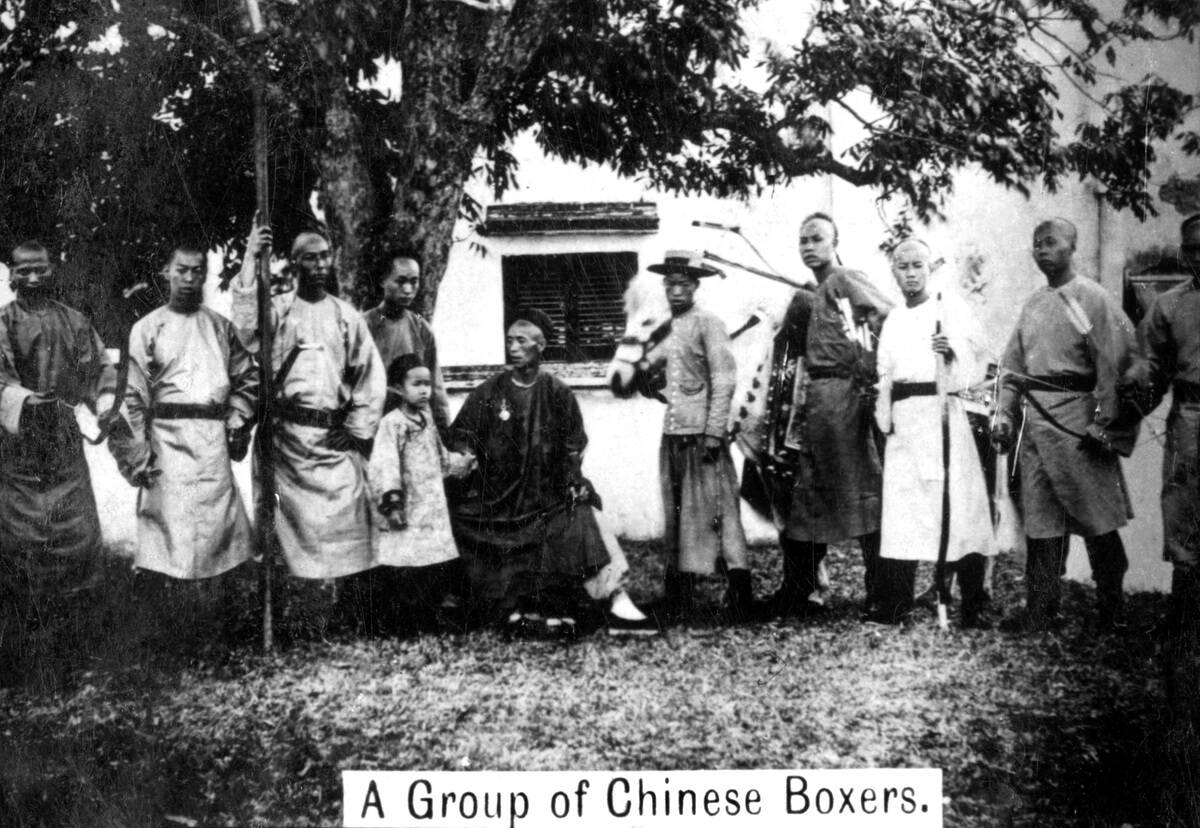
The Boxer Rebellion, which took place between 1899 and 1901, was an anti-foreign, anti-colonial uprising in China. The Boxers, a secret society, sought to rid China of foreign influence and Christian missionaries.
This rebellion led to a violent clash with eight major world powers, culminating in a severe defeat for the Boxers. While ultimately unsuccessful, it highlighted the tensions between traditional Chinese society and Western imperialism.
The Carnation Revolution: Portugal’s Peaceful Path to Democracy
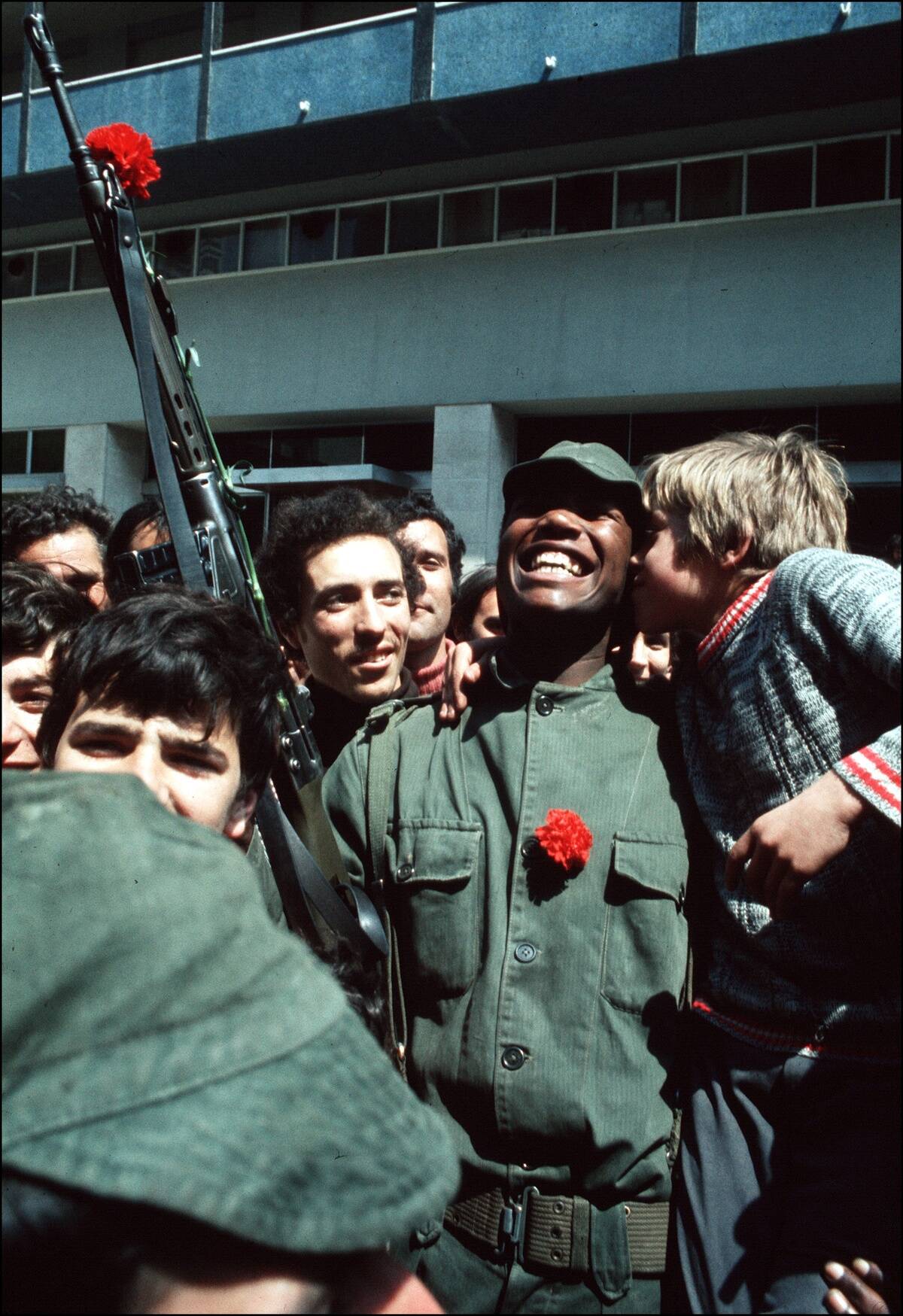
Portugal’s Carnation Revolution on April 25, 1974, was a nearly bloodless coup that ended decades of authoritarian rule under the Estado Novo regime. Named after the carnations placed in soldiers’ gun barrels, this peaceful transition led to democratic reforms and decolonization.
The revolution is celebrated for its lack of violence, emphasizing Portugal’s commitment to a peaceful change and inspiring other nations in their quests for democracy.
The February Revolution: The Prelude to the Russian Tsar’s Fall
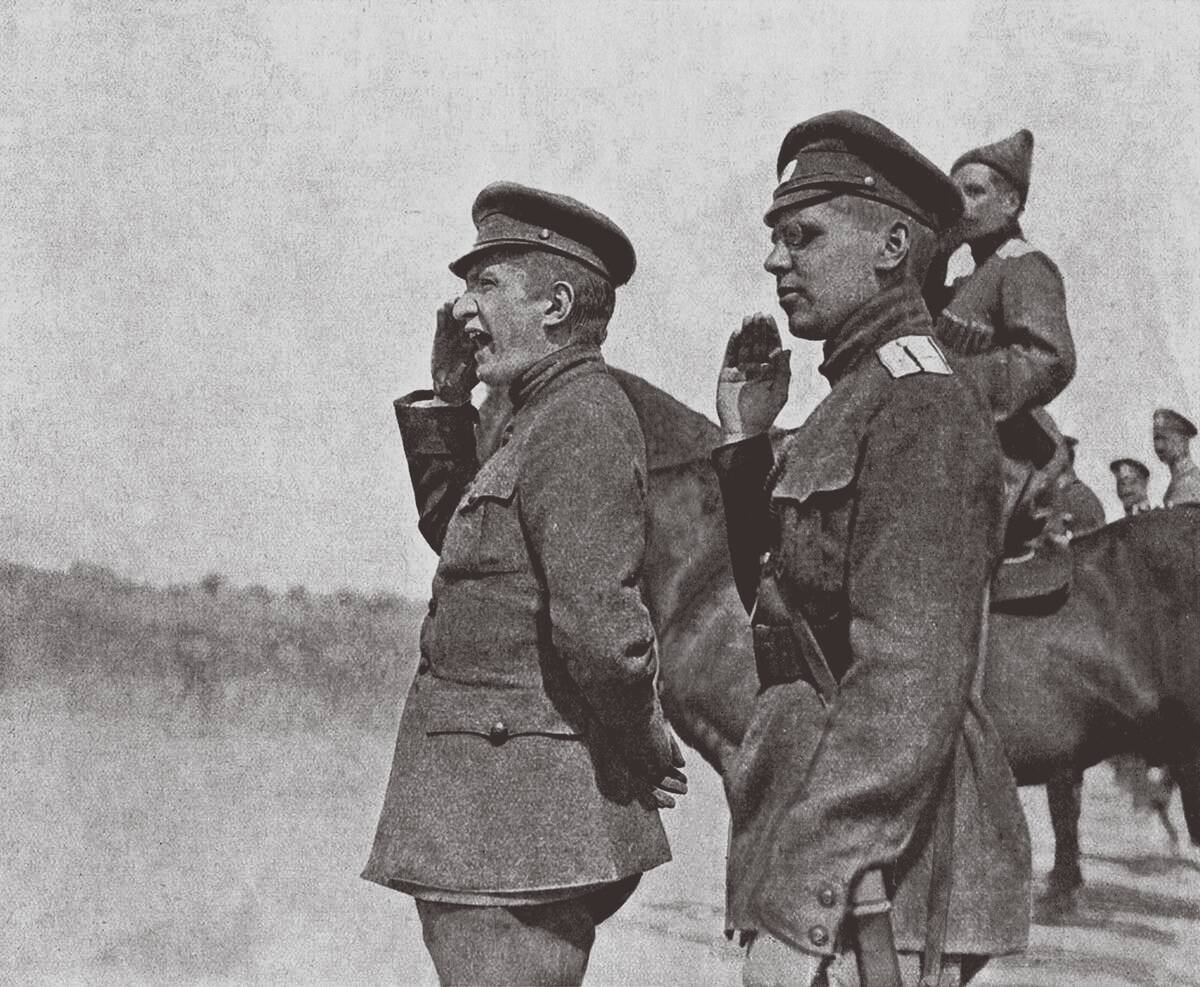
The February Revolution of 1917 was a critical moment in Russian history, marking the end of Tsar Nicholas II’s reign. Widespread discontent over World War I, economic hardship, and political repression fueled the uprising, which saw massive protests and strikes.
The abdication of the Tsar led to the establishment of a provisional government, setting the stage for the Bolshevik Revolution and the rise of Soviet Russia later that year.
The Easter Rising: Ireland’s Struggle for Independence
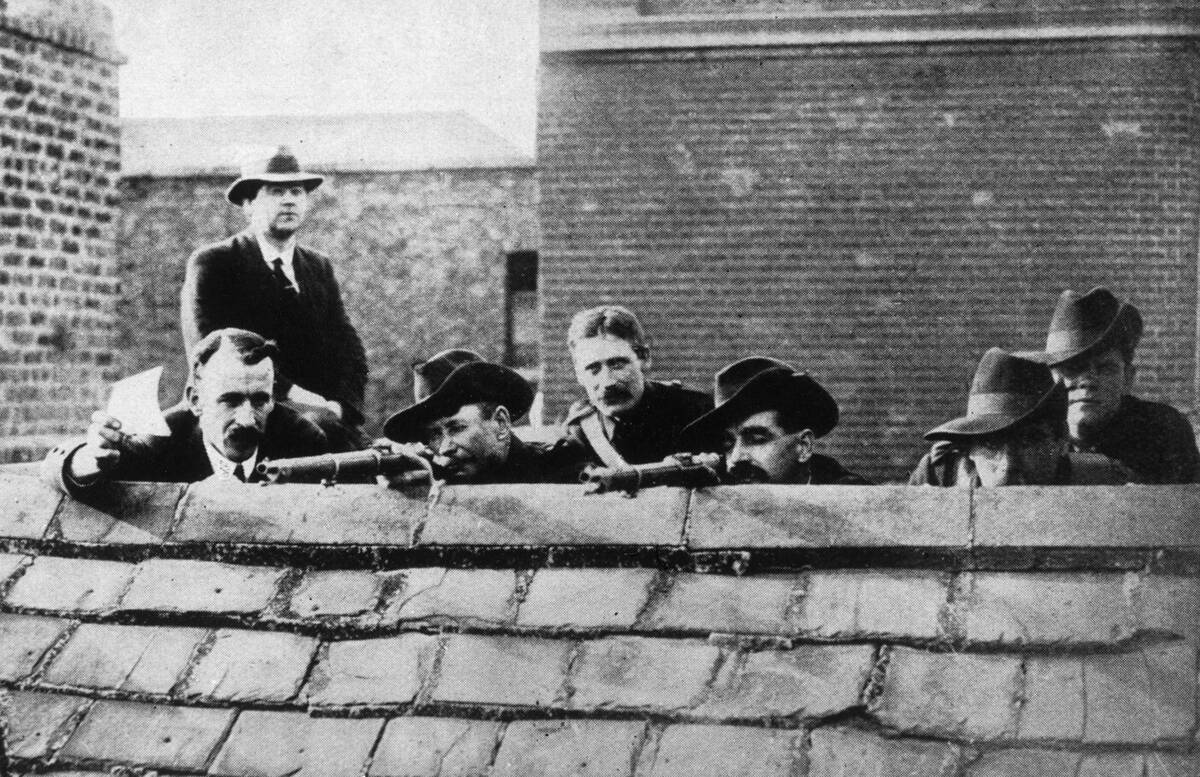
In 1916, the Easter Rising marked a defining moment in Ireland’s fight for independence from British rule. Irish republicans seized key locations in Dublin, proclaiming an Irish Republic.
Although the uprising was swiftly suppressed, it reignited nationalist sentiment and eventually led to the War of Independence. The Easter Rising remains a symbol of Ireland’s enduring struggle for self-determination and its journey towards establishing a republic.
The Quiet Revolution: Transforming Quebec’s Society and Culture
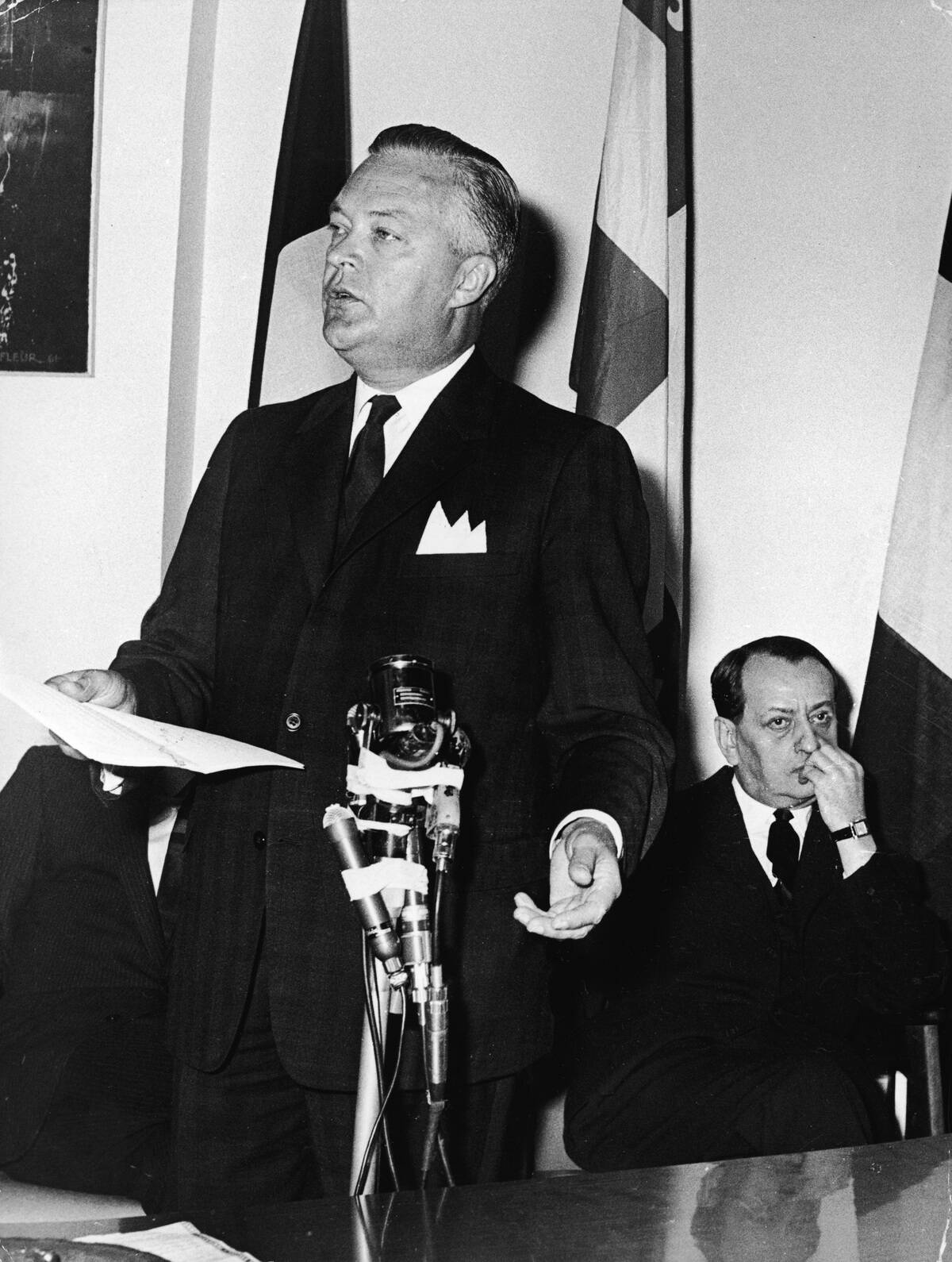
The Quiet Revolution of the 1960s in Quebec was a period of profound social and cultural change, characterized by secularization and modernization. Led by Premier Jean Lesage (pictured), the movement sought to reduce the influence of the Roman Catholic Church and promote a more equitable society.
This revolution transformed Quebec’s education system, economy, and identity, fostering a renewed sense of Quebecois nationalism and laying the groundwork for future political developments.
The Velvet Revolution: Czechoslovakia’s Peaceful Split
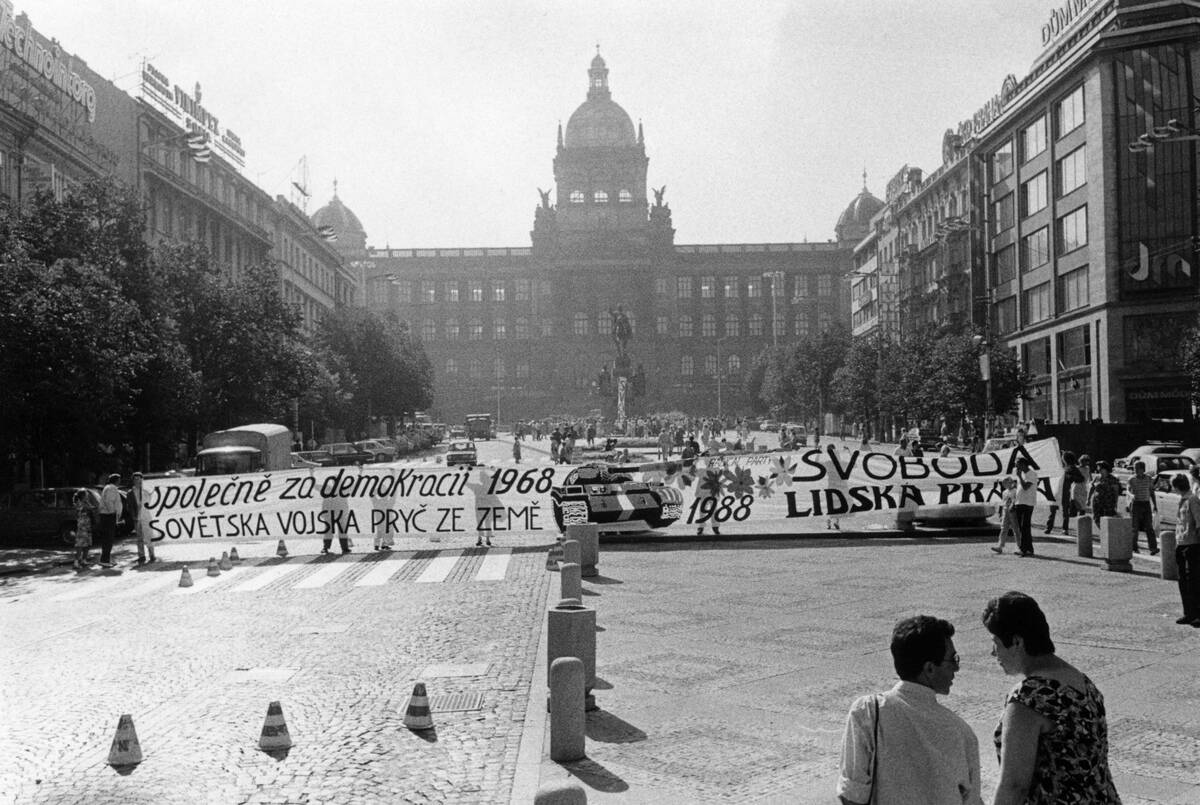
In 1989, Czechoslovakia witnessed the Velvet Revolution, a non-violent transition from communist rule. This peaceful uprising, marked by demonstrations and civil resistance, led to the end of 41 years of authoritarian governance.
By 1993, the country had peacefully split into the Czech Republic and Slovakia. The Velvet Revolution is celebrated for its lack of violence and its successful achievement of political reform through peaceful means.
The Glorious Revolution: The Bloodless Overthrow of a King
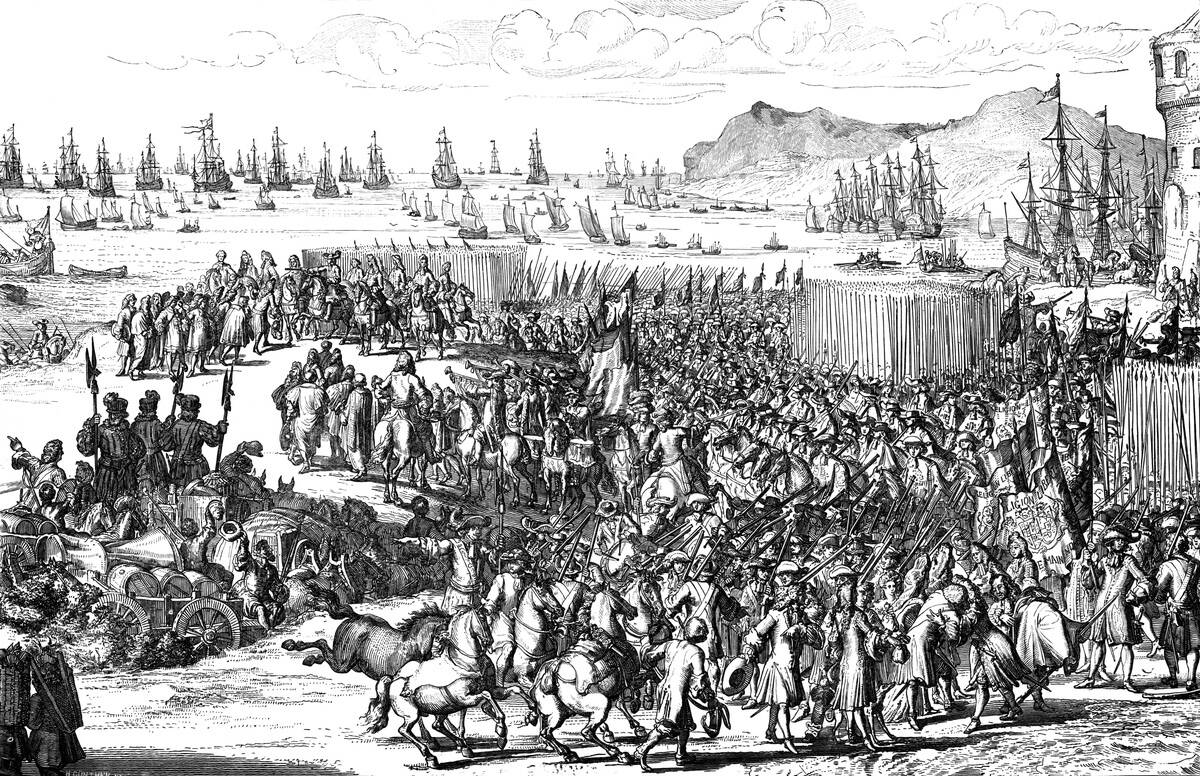
The Glorious Revolution of 1688 was a pivotal event in British history, resulting in the overthrow of King James II. This bloodless coup saw the ascension of William III and Mary II to the throne, establishing constitutional monarchy and parliamentary sovereignty.
The revolution ensured Protestant dominance and laid the foundation for modern democratic governance in Britain, marking a turning point in the balance of power between the monarchy and Parliament.
The Saffron Revolution: Monks Leading the Charge in Myanmar

In 2007, Myanmar experienced the Saffron Revolution, a series of anti-government protests led primarily by Buddhist monks. Sparked by rising fuel prices, the movement called for democratic reforms and an end to military rule.
The use of saffron robes by protesting monks became a powerful symbol of peaceful resistance. Although the government violently suppressed the protests, the Saffron Revolution drew international attention to Myanmar’s political struggles and human rights issues.
The Iranian Constitutional Revolution: Paving the Way for Modern Iran
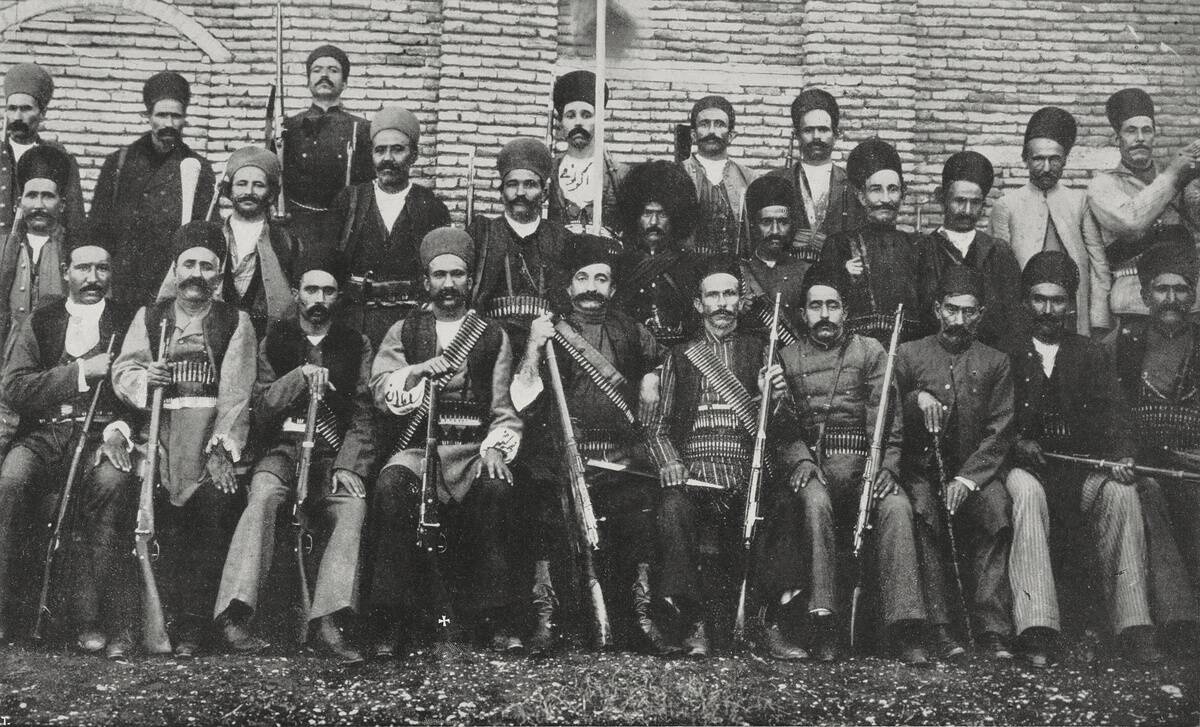
The Iranian Constitutional Revolution of 1905-1911 was a significant movement towards establishing a constitutional monarchy in Iran. Spurred by dissatisfaction with the Qajar dynasty’s corruption and foreign influence, reformists sought to limit royal authority and create a parliament.
The revolution led to the establishment of Iran’s first constitution and parliament, marking a critical step in the country’s modernization and setting the stage for future political and social transformations.
The Umbrella Revolution: Hong Kong’s Fight for Democracy
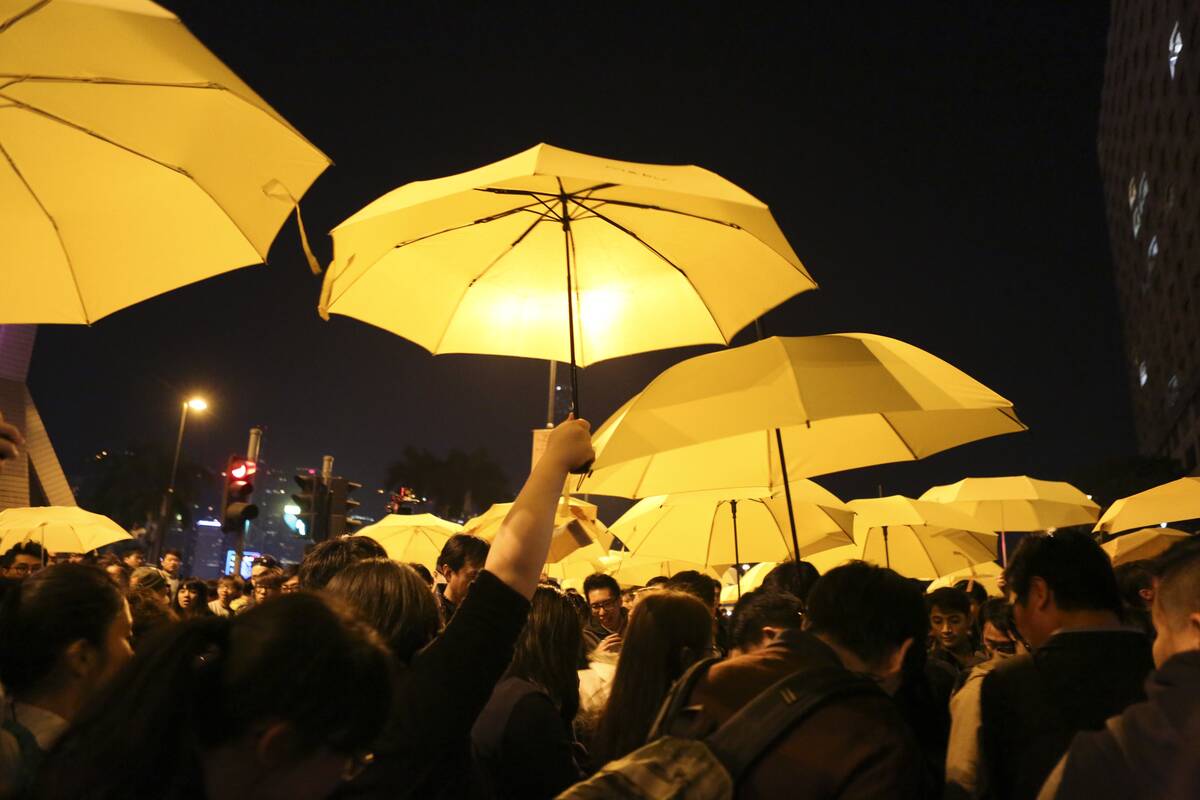
The Umbrella Revolution of 2014 in Hong Kong was a pro-democracy movement sparked by proposed electoral reforms that restricted the region’s autonomy. Protesters, many of whom were students, used umbrellas to shield themselves from tear gas, making it an iconic symbol of the movement.
The protests called for genuine democratic elections, highlighting the ongoing struggle for political freedom in Hong Kong. Despite limited immediate success, the Umbrella Revolution invigorated discussions on democracy and autonomy.



